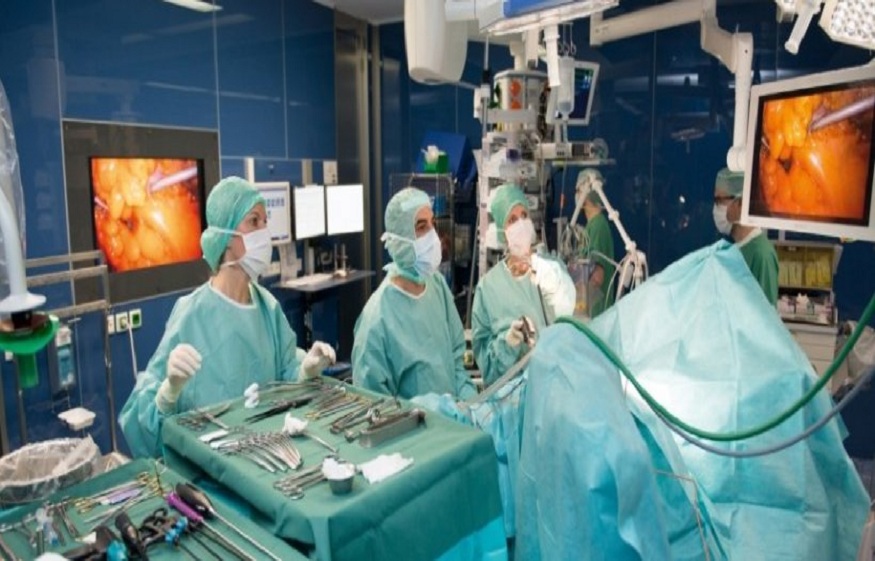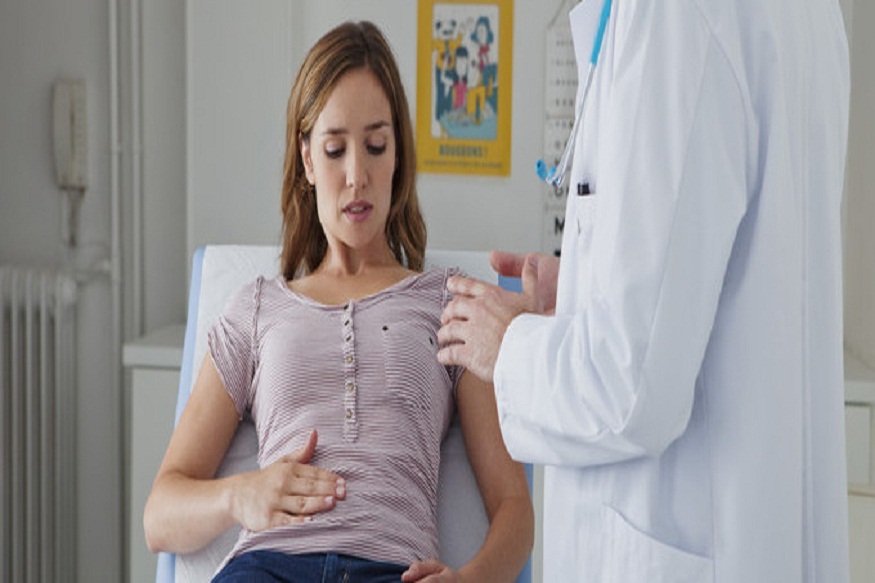How Is Gastroscopy Performed, And What are the complications It has?
What is a Gastroscopy or Digestive Endoscopy?
A Gastrointestinal Gastroscopy, or Upper Digestive Endoscopy, is a diagnostic test that allows the doctor to examine the lining of the entire upper part of the gastrointestinal tract. The amount of the gastrointestinal tract reached by upper endoscopy includes the stomach, the oesophagus, and the upper part of the duodenum (first part of the small intestine). The test is also known as panendos copy or esophago gastroduo denoscopy (EGD).
What is the duration of the gastroscopy?
Gastroscopy or digestive endoscopy lasts between 10 and 20 minutes.
We recommend attending the appointment 15-20 minutes in advance since the patient must change before entering the test.
How is a digestive endoscopy performed?
To perform gastroscopy, the doctor inserts an endoscope down the throat. An Endoscope is a long and flexible probe, like a tube, provided at its end with a tiny camera and a light allowing you to see everything in its path thanks to a monitor. It has a length of between 122 and 183 cm and a diameter of barely one centimetre. Various instruments can also be inserted through the probe to take samples or biopsies from the oesophagus, stomach and duodenum.
Gastroscopy does not hurt. The digestive system specialist is performed under anaesthesia and sedation, so the test is entirely painless. The anesthesiologist gives the patient a sedative and an analgesic that allows the patient to feel pain-free for the entire test duration.
With the patient lying on their side, the endoscope is passed through the mouth into the stomach and duodenum. Depending on the needs, air can be introduced through the endoscope to improve vision.
This allows examination of the entire lining of the stomach, down the oesophagus and up to the upper part of the duodenum. Through the endoscope, tweezers can be inserted to take biopsies, and small tissue samples, to be analysed later. The biopsy in a gastroscopy is the extraction of a polyp, a small selection of gastric tissue, to be able to analyse it later.
The endoscope does not interfere with breathing and should only cause mild discomfort.
What are the reasons for having a digestive endoscopy?
- vomiting or nausea
- vomiting blood
- oesophagal tumours
- Crohn’s disease
- Upper Abdominal Pain
- Detect inflammation or ulcers
- hiatal hernia
- Gastroesophageal reflux
- Difficulty to swallow
Risks and complications of a gastroscopy
Generally, they do not usually occur, primarily if the examination is carried out by specialised and experienced doctors. There is the possibility of minimal bleeding from the biopsy site, and there is also the very remote possibility of perforation. The risk is less than 1 per thousand.
The patient may react to the medications used; in any case, you should consult your doctor if, after performing the test, you have any of these symptoms:
- Difficulty breathing
- Fever
- bradycardia
- Chest or abdominal pain
- bleeding
Preparation for Gastroscopy
Preparation for gastroscopy is based on fasting so that the stomach is empty. So it is required not to eat or drink anything for about six hours before the test. The doctor will tell you precisely when the help should start since it varies depending on each patient.
Another issue to deal with in the preparation is medications. All medications taken should be discussed in the prior consultation since some may have to be stopped a few days before the test, especially anticoagulants.
Side Effects of Gastroscopy
Gastroscopy is a safe test, so side effects are rare. The patient is under medical control in the hospital until all effects of anaesthesia and sedation have worn off. It is common to have some discomfort in the throat and feel bloated due to the air introduced into the test. You can usually eat after being discharged unless the specialist says otherwise.
The team will report the result simultaneously, although specific tests, such as pathological anatomy, take a few days so that they will be delivered to you in a follow-up consultation with the specialist.
Due to the effects of the sedative, you must go to the test accompanied so that they can help you return home since your reflexes may not have fully recovered.
Gastroscopy also allows the taking of samples to perform Pathological Anatomy and thus rule out cancerous tissues or the presence of Helicobacter Pylori infection (bacteria responsible for the appearance of ulcers).
Cytological tests can also be performed by inserting a brush that allows cells to be collected for analysis.
Finally, endoscopic treatments can also be performed this way. An area that has been narrowed may be dilated or widened, bleeding treated, or polyps removed.
Usually, everything is standard in colour, and there is no bleeding, ulcers or inflammation.
How is a Gastroscopy different from a Panendoscopy?
Generally, both Gastroscopy and Panendoscopy are included in Upper Digestive Endoscopy. Both concepts refer to exploration from the oesophagus to the duodenum passing through the stomach.



